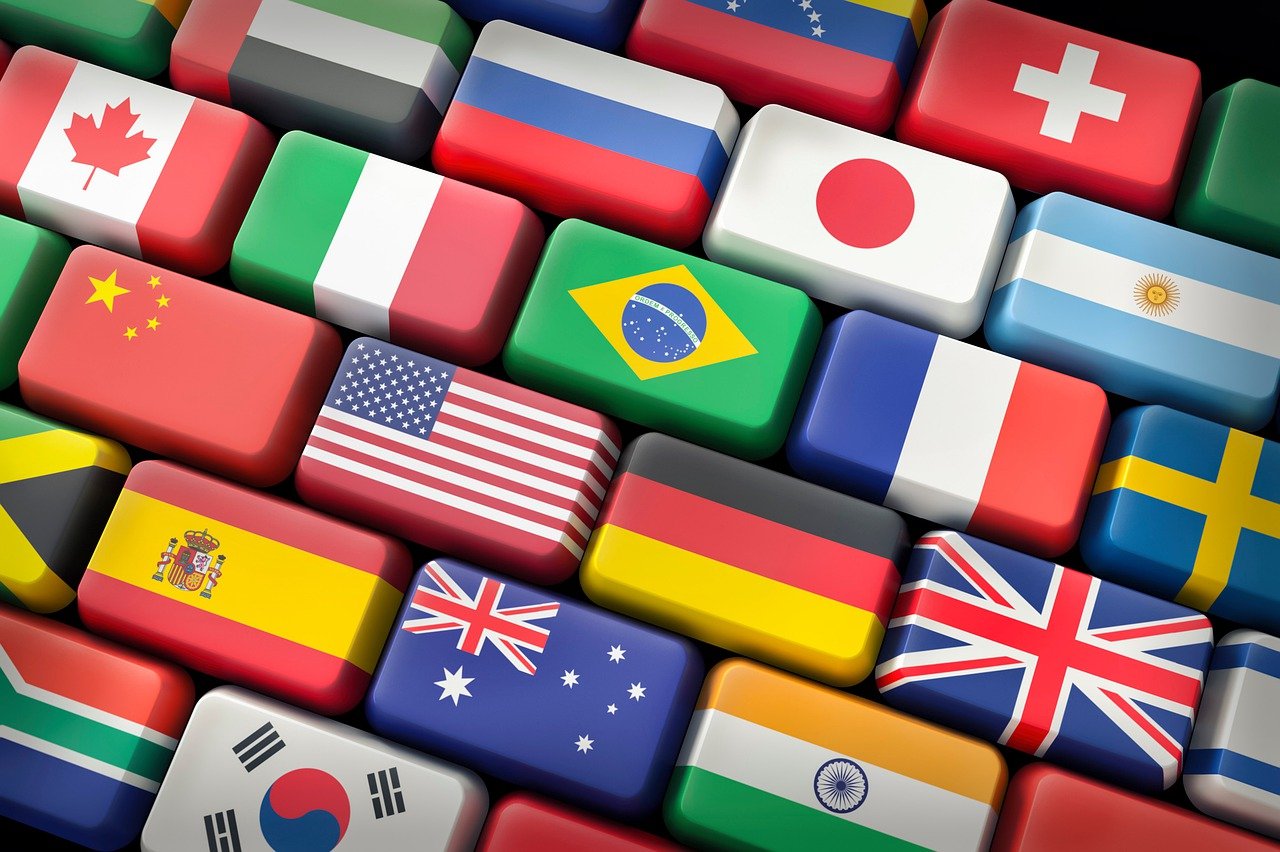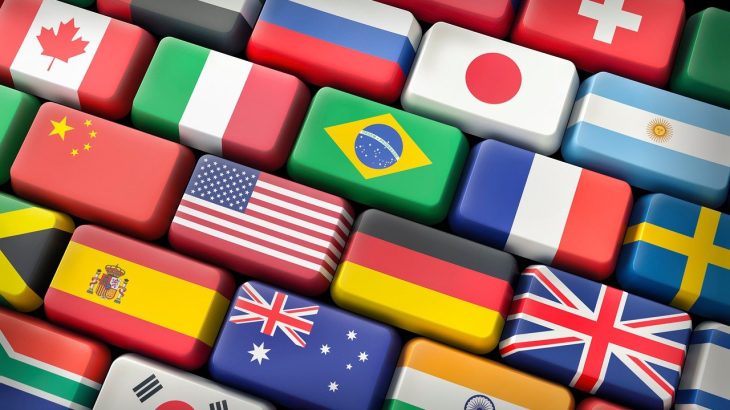The Rise of Machine Translation
Machine translation has advanced rapidly in recent years. Powerful AI algorithms like those used by the Lingvanex translator can analyze context and grammar to translate text accurately between languages. As a result, machine translation is becoming ubiquitous.
Apps provide instant voice and text translations. And translate Gigants and newcomers like https://lingvanex.com handle millions of translation requests daily. With further AI development, could machines outperform human translators? Many experts believe the technology still has limitations. However advancements are clearly shaping the translation landscape.
Initially, rule-based models produced awkward machine translations. Now, neural networks mimic human learning, resulting in major improvements. Yet human subtleties around idioms, slang and tone still challenge AI. As algorithms process more data, translation should become more natural. Regardless, machine translation is making global communication possible for millions worldwide.
The Promise and Limits of Automation
Experts state machine translation works well for basic, literal translations. But human insight excels at interpreting meaning based on culture, emotion, and creativity. As a result, professional translators remain vital for high-quality work.
Nonetheless, AI empowers humans to work more efficiently. Translators use tools like translation memory to reduce repetitive work. Post-editing machine output also boosts productivity. So while full automation remains unrealistic, software enables translators to take on more complex projects.
Additionally, machines expand access to translation. Free apps provide basic voice, text and website translations from English to Telugu. This allows businesses to reach global audiences easily. Still, quality concerns persist, especially for less common languages with limited data. Overall, the line between human and machine roles remains fluid as the technology evolves.
Building Trust in AI Systems
Machine translation relies heavily on training data. Issues arise when datasets lack diversity or have bias. Consequently, performance suffers for under-represented groups. Addressing this builds trust and improves access.
Additionally, transparency is crucial. When users understand the technology’s capabilities, they utilize it best. Explaining how AI translation works manages expectations around quality.
Finally, giving users control reduces reliance on AI when inappropriate. Allowing people to choose machine or human translation prevents over-automation. With responsible development, machine translation can earn users’ trust.

Preserving Cultural Context
Language conveys subtle cultural meaning beyond literal words. Human translators intuitively preserve intended messages between languages. But machines struggle to incorporate contextual nuance.
Consider languages like Tagalog, which contain idioms and metaphors deeply tied to Philippine culture. Direct translations into English often lose cultural significance. Only human judgment can accurately translate Tagalog while retaining the appropriate societal meanings. However, modern machine translation tools can translate even such complex parts of a language, here is one such tool https://lingvanex.com/translation/english-to-tagalog.
Consequently, full automation could detrimentally standardize global information flow. To prevent this, experts state the solution is not purely technological. Machines should complement humans, who safeguard cultural context. Responsible, ethical development of AI translation is vital for society.
The Future of Global Communication
Machine translation holds incredible promise to expand how we share ideas, access knowledge and understand each other. AI empowers global collaboration and connectivity at scale.
Yet, risks exist regarding over-reliance on technology, data bias and loss of cultural meaning. Addressing these potential pitfalls alongside progress will shape translation’s societal impact. Responsible innovation focused on people’s needs is key.
Ultimately, machine translation aims not to replace human translators but to augment them for the better. AI may not achieve perfect translation alone. However, in partnership with human insight, we can build understanding across languages worldwide.

